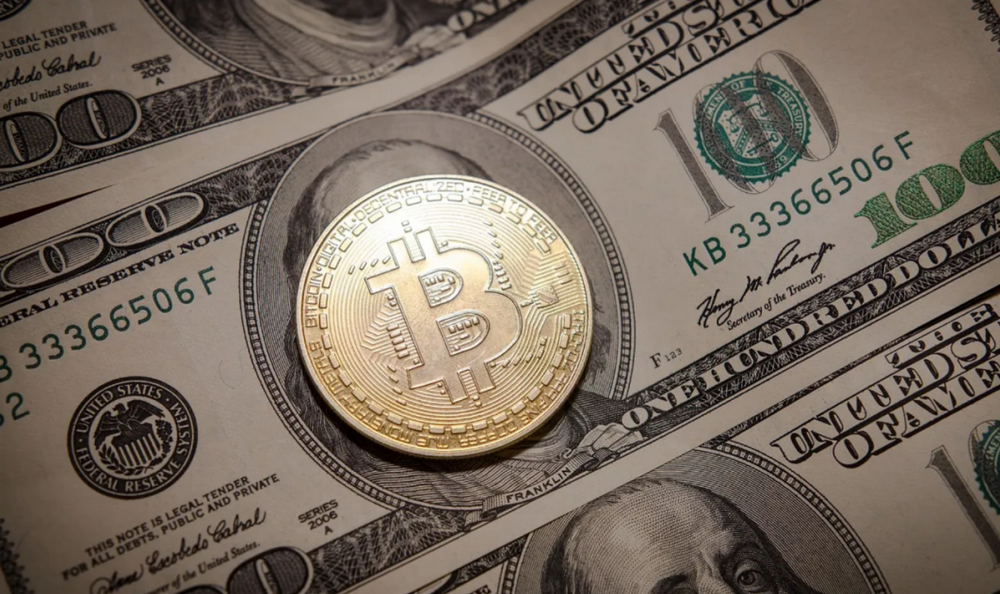Ethereum's implementation of the hard fork on January 1 will accelerate the block time, and ETH inflation may rise by more than 20%
According to Coingape reported on December 24, developers of the Ethereum Foundation have confirmed that a hard fork scheduled for January 1 will increase the inflation rate of ETH. Increased inflation (or supply) is expected to further depress the price of ETH. However, it is possible that the negative effects have already been digested.

Image source: pixabay
Due to the increased difficulty of Ethereum hashing, a hard fork must be performed before the network cold runs. The delayed release of Ethereum 2.0 caused a lot of difficulties for the network.
- Long Baitao | Digital Asset Research Institute Digital Currency Weekly (2019/12/22)
- Shenzhen Stock Exchange official blockchain index released, six rules for stock selection, constituent stocks rose an average of over 50% during the year
- Without losing control and ownership, can you get rewards through data sharing in the blockchain?
The Ethereum daily block reward has been reduced to below 10,000 ETH. The normal daily reward is around 12000-13000 ETH.
Udi Werthemier is a Bitcoin coder and the one who has criticized management the most and emphasized the disturbing state of the network.
Even more frightening is that the core developers of Ethereum simply "forgot" or "miscalculated" the schedule. Péter Szilágyi, another project leader at Ethereum, tweeted:
"No one has forgotten the ice age. Some people have made some rough calculations and think that time is still abundant. But the calculations are wrong. Developers obviously have more important things to do than double checks. When someone Realizing that the ice age is here, we will take action as soon as possible. "
The hard fork will again adjust the block production time to "normal"
His criticism was not welcomed by the Ethereum community. However, they did not deny the premise of the attack, and Iuri Matis, a programmer for the project, responded to Werthemier:
"Listening to you, it's as if a hard fork to increase inflation is the goal we set, but in fact it just restores the block production time to 'normal'. Yes, technically, faster block production Time (when it returns to normal) means higher inflation, but this is not the goal of this hard fork. "
Ethereum's current block production time has increased by 30% since October. Ideally, this would be a bullish signal for ETH.

Ethereum block time diagram (Source: Etherscan )
Usually, this is a normal update of the network. But in the current situation, it could cause ETH to fall below $ 100.
Despite the decline in ETH supply, its price has fallen below the support level. The sale could also be attributed to the "PlusToken" scam, which also led to a drop in Bitcoin.
A shock from supply is expected to increase daily selling pressure by about $ 300,000 in early January. In addition, after the hard fork event, supply is about to increase by about 20%, which has caused strong selling pressure.
Criticism of the hard fork has also greatly reduced the credibility of developers. In addition, with more hard forks and updates planned for this year, the risks surrounding Ethereum 2.0 are huge.
We will continue to update Blocking; if you have any questions or suggestions, please contact us!
Was this article helpful?
93 out of 132 found this helpful
Related articles
- Multiple Youtube encrypted bloggers deleted a large number of videos without any notice
- Analysis: Why pay attention to the challenge of stable currency to sovereign currency?
- What kind of development will the crypto world usher in in 2020? Talk about three low-key product trends
- 8 Questions | Luo Mei, Tsinghua University: The most knowledgeable person in the field of accounting, the most knowledgeable person in the field of blockchain
- Against the halving market, 6500 at the end of this year is 3200 at the end of last year
- Miner prices fluctuate more than currency prices? Two things to understand before understanding the trend
- Dry goods: how to profit by “moving bricks” in the cryptocurrency market?





